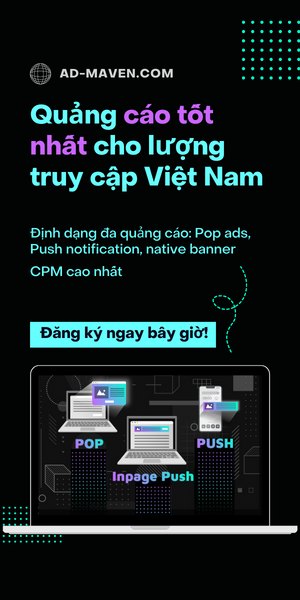The Growing Threat of Ad Fraud: Click Farms and Fraudsters Behind the Scenes
At Kaminari Click, we encounter the reality of digital ad fraud daily, which results in billions of dollars lost annually. Advertisers, publishers, and the entire digital marketing ecosystem suffer from fake clicks generated by both bots and human-driven click farms. It's essential to understand who these fraudsters are and how their actions affect your advertising.
The Role of Click Farms in Ad Fraud
Click farms are one of the most insidious forms of ad fraud. They consist of large groups of people, often based in developing countries, who are paid a small fee to manually click on online ads without any intention of making a purchase or converting. This process inflates click counts but provides no real benefit to advertisers.
Unlike bots, which can be detected by sophisticated tracking systems, human-operated click farms are much harder to identify. They mimic the behavior of real users, making it difficult for advertisers and platforms to distinguish between genuine and fraudulent clicks. As a result, click farms can operate undetected for long periods, depleting advertisers' budgets with no return on investment (ROI).
How Click Farms and Competitors Harm Advertisers
Click farms may operate independently, targeting a broad range of ads simply to generate revenue, or they may be hired by competitors to deliberately sabotage advertising campaigns. In the latter case, the goal is to quickly exhaust an advertiser's budget. Once the campaign budget is depleted, the competitor’s ads gain more visibility, giving them an advantage without having to increase keyword bids.
The consequences for advertisers are devastating. Fraudulent activity not only increases costs but also distorts crucial data such as conversion rates and engagement, leading to poor campaign optimization. Furthermore, legitimate publishers may suffer if they inadvertently host ads targeted by click farms, risking their reputation and relationships with advertisers.
The Spectrum of Fraudsters in Digital Marketing
In addition to click farms, there are many other players contributing to the ad fraud problem. These include “black hat” marketers, fraudulent ad networks, and sophisticated criminal organizations.
Black hat marketers are SEO and digital marketing experts who use their knowledge to manipulate online advertising. They may run bots that click on competitors' ads to drain their budgets and disrupt targeted marketing campaigns. These marketers often control the media where ads are placed, enabling them to create ad fraud schemes that benefit themselves.
Competitors, while less sophisticated than professional fraudsters, may also engage in ad fraud by clicking on rival ads to increase their costs. This form of sabotage is less common because major ad networks like Google have developed robust detection mechanisms, but it still poses a threat in competitive markets.
Fraudulent ad networks act as intermediaries between marketers and ad exchanges, sometimes turning a blind eye to fraudulent activities. Their involvement may go unnoticed due to the complexity of the digital advertising ecosystem, but they contribute to the problem by allowing fraud to occur on a larger scale.
Unorganized fraudsters are individuals with cybercrime experience who engage in ad fraud because of its high profitability. They use techniques borrowed from other criminal fields, such as phishing and spam, to exploit vulnerabilities in digital marketing platforms.
Sophisticated criminal organizations, like those behind the Methbot case, pose the greatest threat. These groups create elaborate schemes, often using bot farms and rented servers to simulate user activity on a massive scale. In the Methbot case, fraudsters stole $7 million by mimicking visits to fake versions of websites like The New York Times. These operations not only drain ad budgets but can destabilize economic systems due to the scale of the fraud.
How to Protect Against Ad Fraud with Kaminari Click Solutions
To effectively protect your ad budget and maximize ROI, proactive fraud prevention is essential. This is where Kaminari Click Anti-Fraud Solution comes in—a reliable platform that helps detect and prevent both bot attacks and click-farm fraud.
Kaminari Click employs advanced technologies such as artificial intelligence and real-time data analysis to accurately track user behavior and detect suspicious activity. The platform provides comprehensive protection against all types of fraud, ensuring that your ad budget is used as intended, and clicks are made by real users with conversion potential.
By using Kaminari Click's solutions, you can not only safeguard your ads from fake clicks and fraud but also significantly improve your campaign results through more accurate data and efficient budget allocation.
Conclusion: The Ongoing Battle Against Ad Fraud
Ad fraud, whether from click farms, black hat marketers, or sophisticated criminal networks, remains a serious problem for the digital advertising industry. As fraudsters' methods evolve, businesses must stay vigilant and implement comprehensive fraud prevention strategies to protect their ad budgets and data integrity.
With Kaminari Click, you can rest assured that your ad budget is safe, and your campaigns achieve real results.
Request a demo today and start effectively protecting your ads from bots and fraud, ensuring that every click brings real value to your business.


































